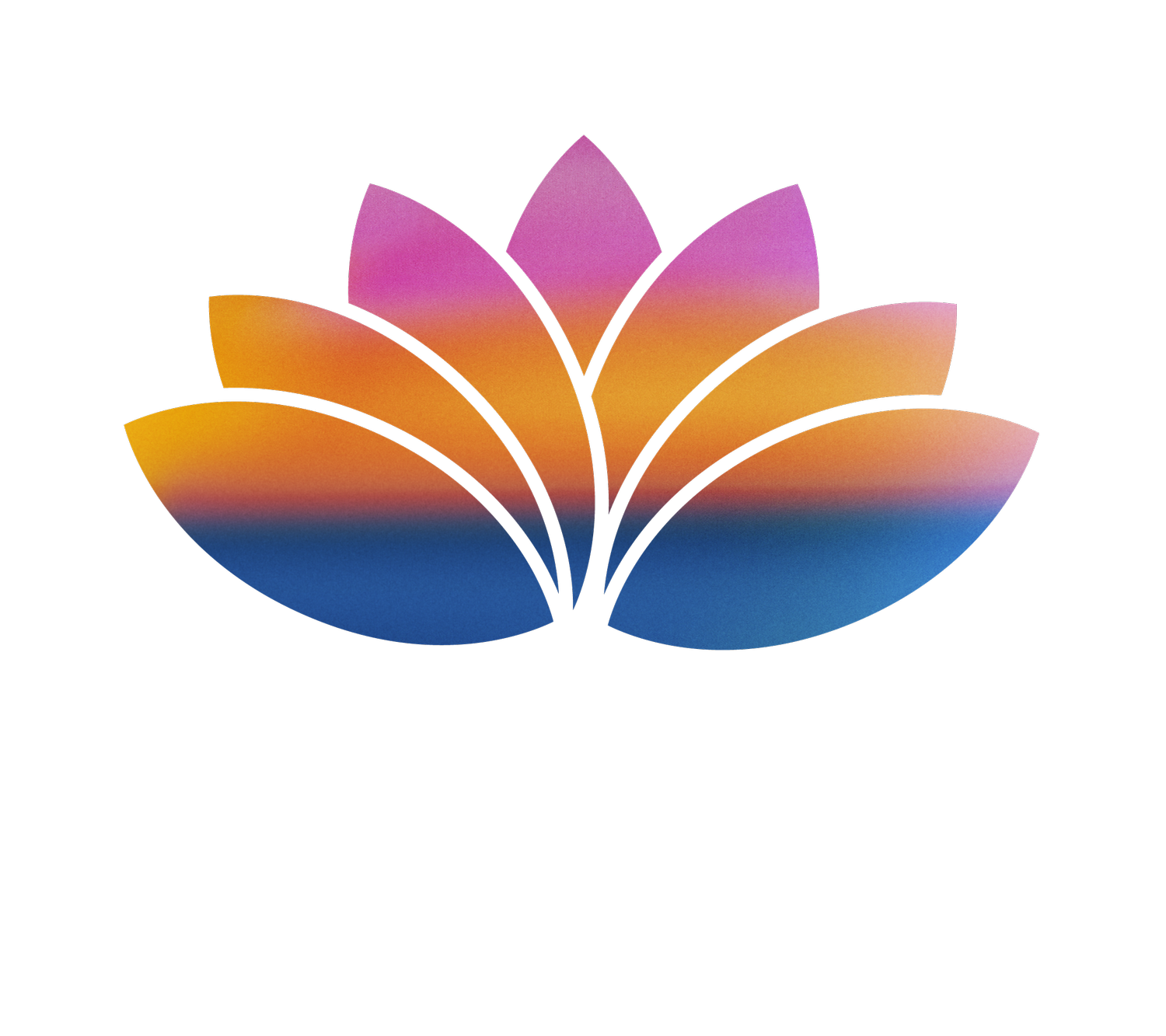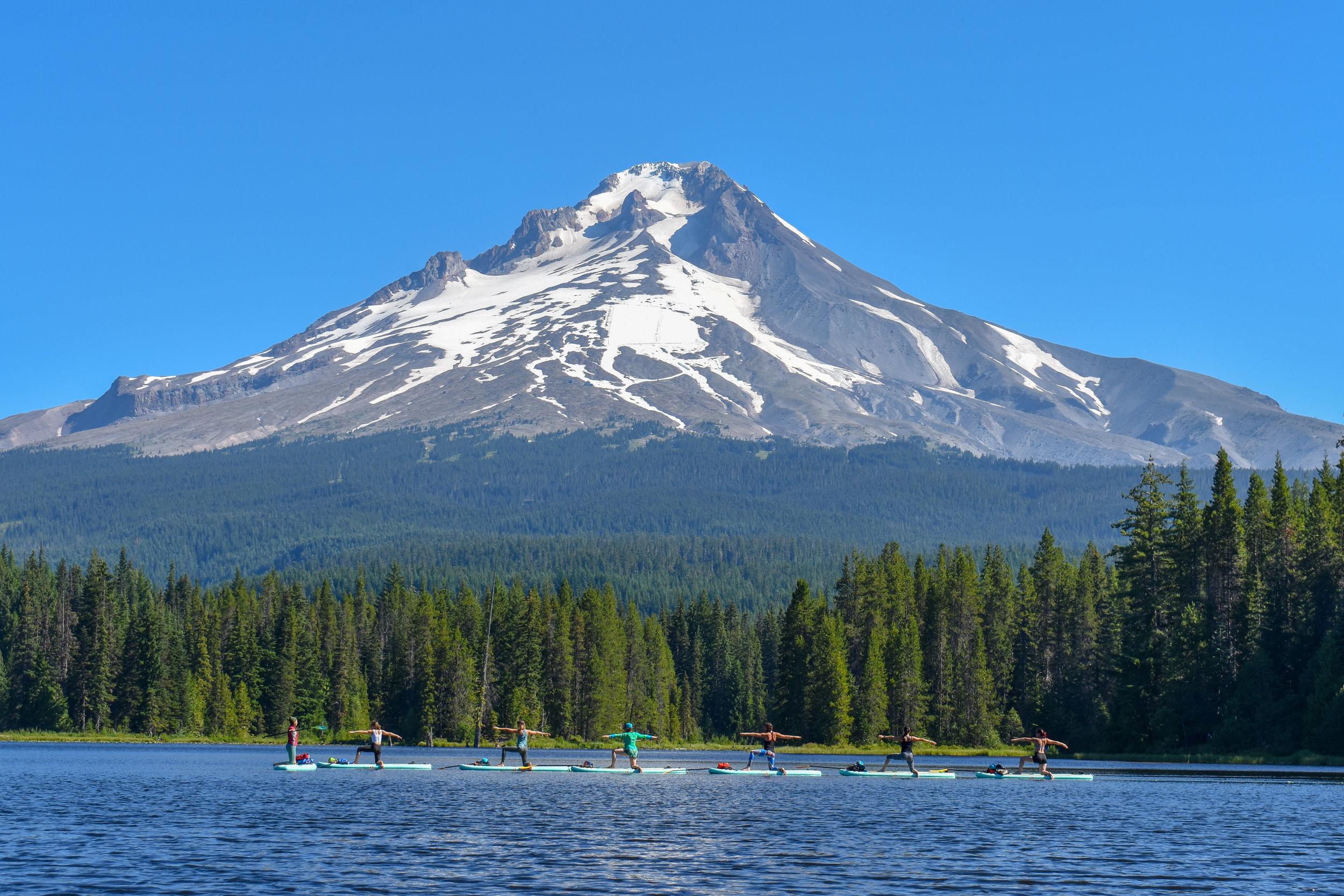As we are winding down from our summer season of SUP yoga in the Pacific Northwest, we thought we would share a little about our experience as an outfitter and floating yoga studio. Yoga on a SUP board looks so simple on social media. Yogis make it look so easy, so effortless. Just as there is more involved in practicing yoga on a paddle board, there is also much more to teaching SUP yoga and being an outfitter/floating yoga studio. From the business side of things, there are bonds to purchase, licenses and permits to obtain, liability insurance to buy, first aid certifications, rescue certifications, and ALL of the equipment (boards, pumps to inflate the boards, paddles, PFDs, leashes, first aid kit, safety equipment, ropes, anchors, buoys, etc.). And those are just the basic elements that you need to launch your business; we haven’t even gotten to the teaching part. When you begin to teach SUP yoga, you realize how much juggling is involved. Here’s a tiny peek inside the life of a SUP yoga teacher. At the end, we hope that you realize why we do what we do and how much we love it.
We can see you, not in a creepy way.
In a studio, it’s easy to go through an entire yoga class without ever letting your guard down. You can walk into the space with the smell of essential oils in your nostrils and choose a cozy spot near the wall to practice/hide from the teacher. As on-water instructors, we witness those rare glimpses of when you (the student) is forced into the moment. The layers start to melt away. It’s hard to hide from us. For example, when we are teaching Bird Dog pose (one hand lifted in front, opposite leg lifted in back while in Table Top) and the board shifts, we get to see your face and the inevitable emotional response that manifests. It’s sort of similar to the joy of sneaking up behind someone you know and jumping out at them while saying “boo!” There are times in life when we feel out of control. Primal sounds might happen, involuntary facial expressions might be made. It’s fantastic. Many students will immediately abort and return to a safer posture. Some hold the posture, rigid and laughing nervously. Others sit down and take a second to absorb the realization that this is not as easy as they thought it would be. There are certain times in life when your true self is forced to come forward due to a circumstance, times when fear of falling in the water is at play. SUP yoga brings the authenticity out of you.
An experienced paddler/yogi and a beginner paddler/yogi are in the same class. How do we make the class work for everyone?
The way to structure a class and make it work for everyone is to provide options. Simple, right? Um...not really. It is definitely a skill that requires LOTS of practice. For example, we lead our class through the warm-up and then teach the SUP yoga variations of standing postures. All levels can generally participate in this portion of the class. Those who have a solid foundation in paddle/yoga will want a little more. So, we give a few more options. We may offer a restorative posture for the students who need to check out and calm their nerves (ex. Child’s Pose or Seated Meditation). For the student who wants a little more, we may offer Standing Warrior One, hold for a count, and then change sides. For a more advanced option, we may demonstrate a Warrior One plus a transition. For instance, Warrior One to Standing Splits. For all classes, playtime is an amazing time to practice your skills (and balance) or link postures into a flow. We try to reiterate to our students that the experience is perfect no matter what you are doing or not doing. In yoga, the Asteya yama of non-stealing instructs us to not to steal from our own moment. If we see a person doing a pose that is more advanced, it is tempting to allow that image to steal away the sweetness of our own moment in practice. We urge you to forget about others around you and focus on what is going on inside of yourself.
SUP yoga teacher = Superhero
We are multitasking yogis! Not only are we yoga teachers, but we have to know basic paddling techniques and strokes to get you to and from our launch point. While we are keeping ourselves steady on a moving board and teaching/demonstrating the poses, we are also ensuring that y’all are balanced and safe on the water. It’s not easy! At the beginning of class, we help you get into the water safely, figure out the basics of the board, navigate your way on a board, and anchor to the floating line to begin your yoga practice. And that is all within the first 15 minutes of class! We have to make our voice loud enough to be heard over the outside elements, but also gentle and soothing enough to inspire meditation on water. We are teaching both experienced and beginners in the same class. We are watching to ensure that students are not getting too hot or too cold; we are constantly watching out for your safety and comfort. We know how to rescue you and get you to safety in case you do fall into the water. We tune into the wind and the current, to the environment around us, and to you...all simultaneously. There’s no place we would rather be.
Radical Acceptance
There are many classes in which we, as teachers, have to practice Radical Acceptance. A dog won’t stop barking during our opening seated meditation. The park custodian is mowing the grass next to our class during Savasana. We have to cup our hands over our mouths to yell at everyone to breathe and relax. It can be frustrating and hilarious at the same time. But that’s SUP yoga. Teaching SUP yoga is a big ol’ reminder of how to let go. It teaches us (as teachers) to radically accept whatever the world is handing us. In a studio, we have more control. We can keep the room quiet, dim the lights, put on music, turn on the fans, or increase the heat. On the water, we are at the mercy of the elements. We just have to accept what we can and cannot control.
Dear SUP yoga students:
Go to a location where you feel safe. This might be a familiar area or it might be a calm body of water in which no motor boats are allowed. In the Pacific Northwest, Trillium Lake and Round Lake are two of our favorites. Both are very popular and packed in summer. In regards to staying stable on your board, imagine that you can divide the whole thing into four quadrants. Begin in postures that you can easily balance with two hands and two feet/knees in each of these quadrants. For example, we suggest starting with Downward-facing Dog, Table Top, and Child’s Pose. When you stand up, keep your gaze on the horizon and a soft bend in your knees. Remember that sudden movements, quick starts, and quick stops are not ideal on a board. Whether you feel it or not, the board is moving with you with every posture you take. If you come too quickly to standing, you will push the board forward and (possibly) land on your behind. Keep your movements fluid and soft. For example, when you transition from standing to a forward fold, move at half the speed you would normally travel. When you place your hands to step back to Plank pose, think of your hands and feet as suction cups to the board. Most importantly, relax and breathe. Take advantage of a situation that calls for you to pay FULL attention to your body and your breath. Find a quiet space, take Savasana or Corpse’s Pose, and allow your board to lull you into deep relaxation and meditation. This is the essence of SUP yoga.
We offer weekly community and private classes, day retreats, and certification for yoga teachers during the amazing summer months in the Pacific Northwest. If you want to try SUP yoga or have any questions, please let us know! We’ll see you on the water!








